Inclusive sports are gaining traction across Europe, and the SportWay initiative is helping lead the way. However, despite the growing awareness, several myths still cloud the conversation around inclusive sports, particularly for young people with special needs. It’s time to bust these misconceptions and set the record straight!
1. Myth: Inclusive Sports Are Less Competitive
The Truth:
One of the most persistent myths is that inclusive sports are less competitive. People often assume that because athletes may have varying abilities, the level of competition will be reduced. The truth is, inclusive sports can be highly competitive. Adaptations allow every participant to challenge themselves within their abilities, ensuring the competition is fair, engaging, and meaningful. Inclusivity doesn’t diminish the excitement; it enhances it by creating a more diverse and dynamic playing field.
Whether it’s basketball, football, or track and field, every athlete has the chance to excel, compete, and push their boundaries. Inclusive sports are built on the values of respect, cooperation, and sportsmanship — and competition is still as intense as ever.
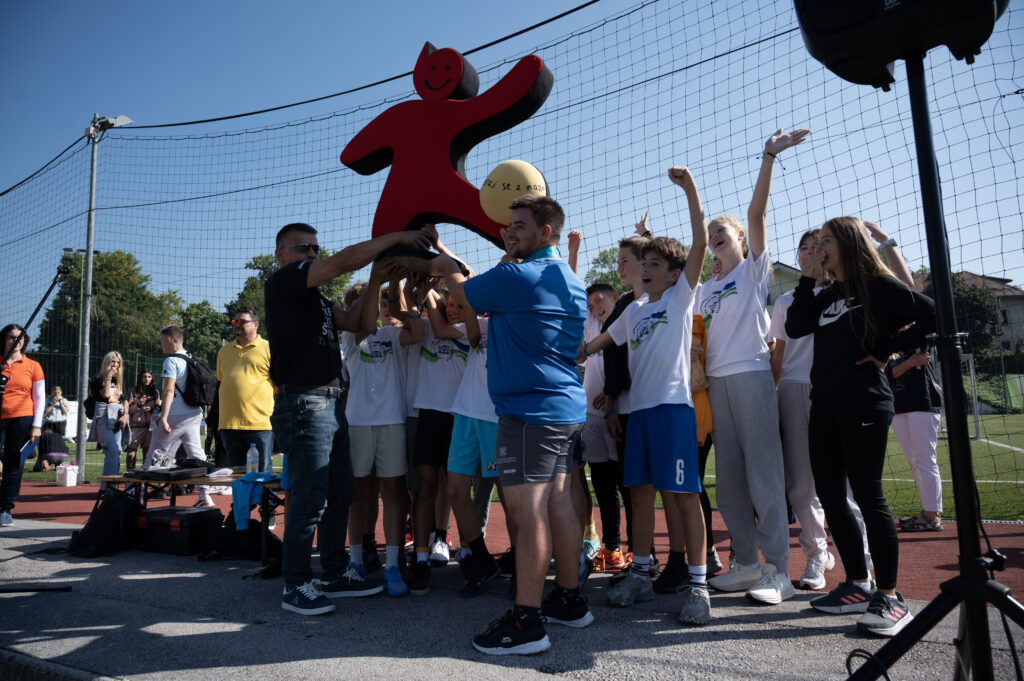
2. Myth: Inclusive Sports Are Only for Specific Types of Disabilities
The Truth:
A common misconception is that inclusive sports only cater to certain types of disabilities, like physical impairments, and that individuals with other types of disabilities might not benefit or participate. The truth is, inclusive sports are designed to be open to all types of disabilities, including intellectual, developmental, and sensory disabilities, alongside physical ones.
From athletes with mobility challenges to those with cognitive disabilities, everyone can take part, and the sport is tailored to provide a meaningful experience for all participants. Inclusion means embracing all abilities, allowing individuals with varying disabilities to come together and enjoy the benefits of sport, from physical activity to social interaction.
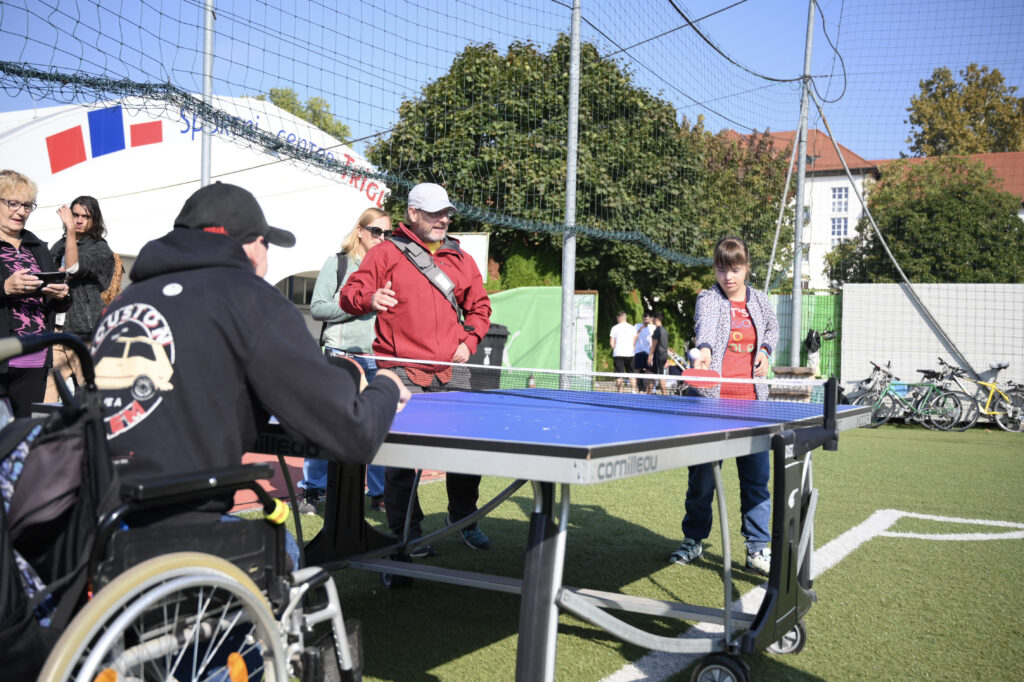
3. Myth: Inclusive Sports Are Only for People with Disabilities
The Truth:
Inclusive sports are for everyone — including individuals with and without disabilities. This misconception stems from the assumption that inclusion only benefits people with disabilities, but the reality is, everyone involved gains something.
When athletes of all abilities come together, they learn important values like teamwork, respect, empathy, and communication. These sports break down social barriers and foster an environment where everyone feels valued, regardless of ability. Inclusion leads to greater personal growth, social integration, and understanding for all participants.
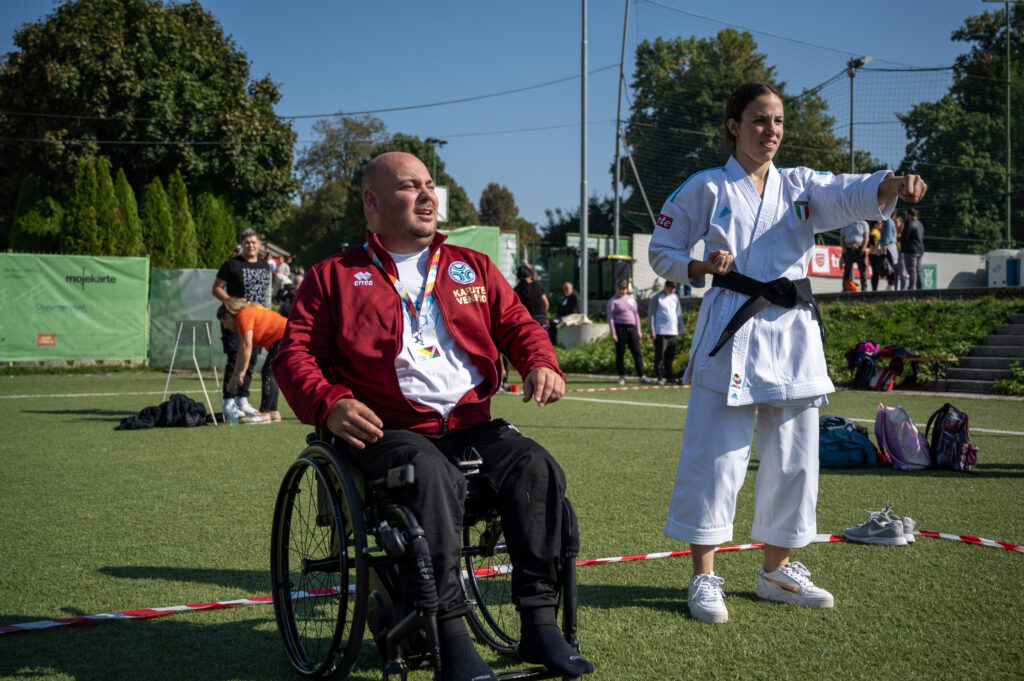
4. Myth: Inclusive Sports Are Too Expensive and Complicated to Organize
The Truth:
While organizing inclusive sports may require additional considerations like accessible venues or adaptive equipment, it’s not as complicated or costly as many people think. Inclusive sports can be simple and cost-effective, especially with the right community support.
Many events, like the ones organized by SportWay, rely on local volunteers and grassroots initiatives that keep costs low while maximizing impact. The benefits far outweigh the investment — the social impact, the growth of the sport, and the development of community cohesion are well worth it. Additionally, there are numerous funding and partnership opportunities to support inclusive sports initiatives.
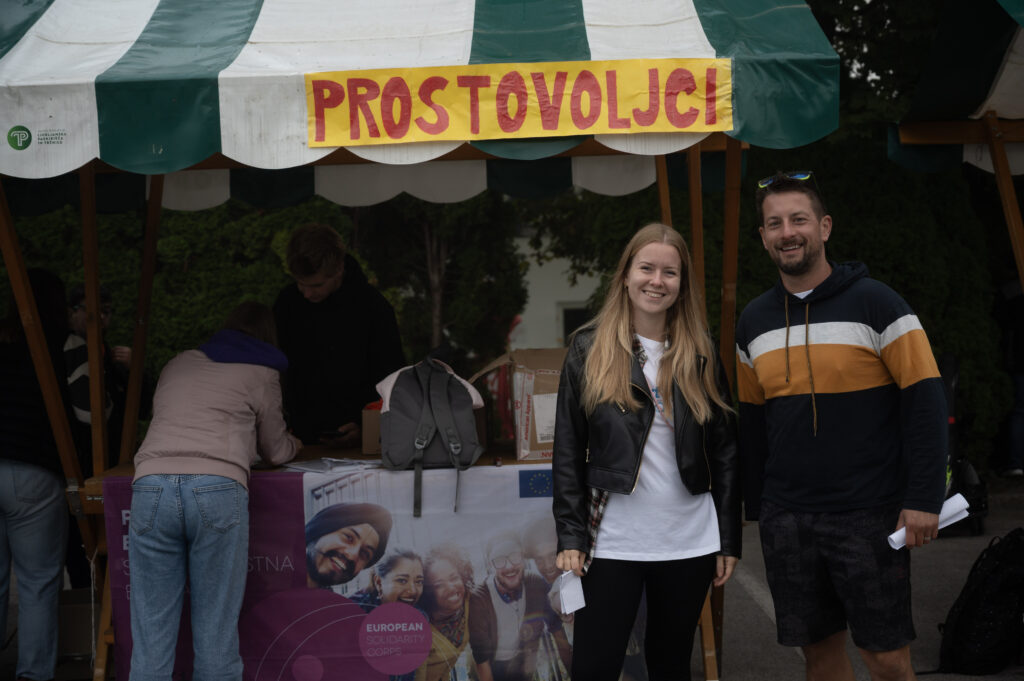
5. Myth: Inclusive Sports Aren’t Safe for Athletes with Special Needs
The Truth:
Another myth is that inclusive sports are unsafe for athletes with special needs. This belief often arises from misconceptions about the abilities of individuals with disabilities. However, safety in inclusive sports is always a priority. Events are carefully planned with appropriate safety measures, adapted equipment, and trained volunteers to ensure the well-being of all participants.
Moreover, inclusive sports organizations often work closely with medical professionals and experts to make sure that all the needs of athletes are met — whether it’s ensuring accessibility, making adaptations to rules, or providing necessary support during events. Inclusive sports create environments where everyone can play safely and confidently.
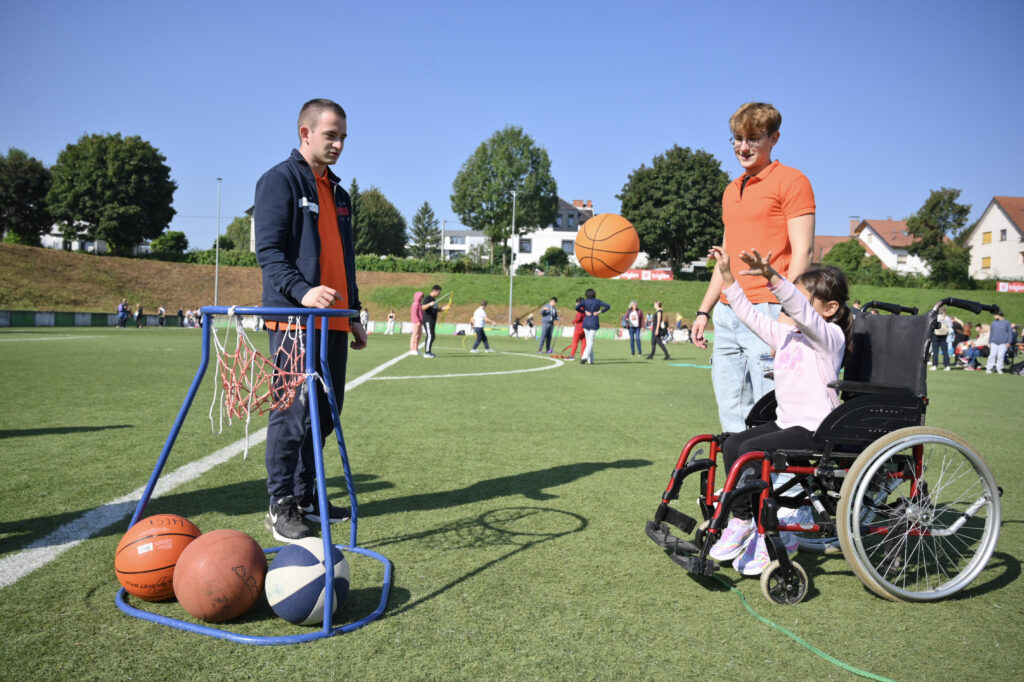
Let’s Break Down Barriers Together
The myths surrounding inclusive sports are rooted in misunderstanding, but the reality is far more empowering. When we make sports accessible to everyone, we build stronger communities, promote diversity, and provide opportunities for personal growth and development.
Whether you’re an athlete, coach, parent, or volunteer, you have a role to play in breaking down these barriers. By participating in inclusive sports, you’re not just changing the game — you’re changing lives.
Join us and be part of the movement towards a more inclusive sports world.
